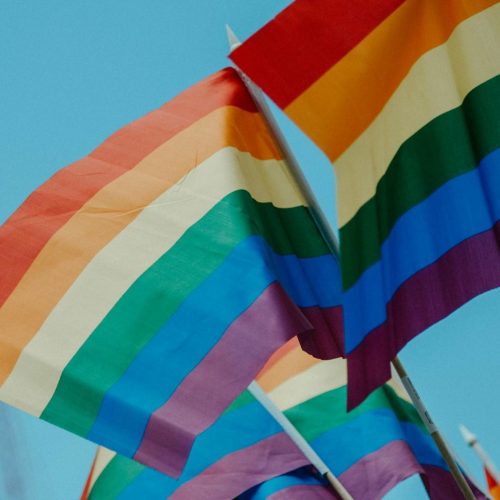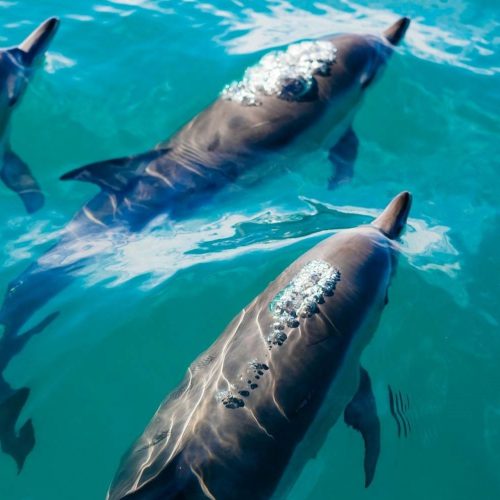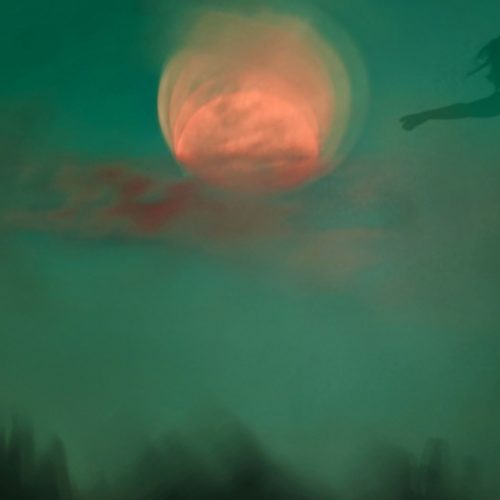Climate Fiction | Three Takes on Climate Change in Movies
Life nowadays is overshadowed with the more and more tangible threat of climate change. Therefore, it is no surprise that the genre of climate fiction is gaining increasing popularity within the world of cinema. However, their take on climate change varies. Luxiders introduces you to the 3 main perspectives on climate change that are conveyed in contemporary movies and series.
To receive the Luxiders newsletter, sign up here.
Movies and series serve more than sole entertainment. In fact, they play a vital role, as they cannot just influence our emotional world, but also our way of thinking. A relatively new genre in the world of cinema is climate fiction, which is commonly known as “Cli-Fi”. Climate fiction deals with climate change and global warming, which can according to research render people more aware of climate change and trigger willingness to act against it. However, the way climate change is portrayed in movies varies. Luxiders introduces you to the 3 main perspectives on climate change that are conveyed in contemporary movies and series.
THE MULTIPLE PERSPECTIVE – PRINCESS MONONOKE (1997)
The Japanese director Hayao Miyazaki was his time far ahead. His anime movie Princess Mononoke teaches a lesson in a subtle and intelligent, yet profound way so that it will resonate in one’s mind long after watching it. Different to other movies, the anime draws attention to the problematic relationship between nature and mankind from a human-centred as well as a non-human-centred perspective.
The plot focuses on prince Ashitaka who comes from a secluded village, which exists in harmony with nature. One day the village gets attacked by a boar demon, who wounds and curses Ashitaka. To learn about the demon’s origin and find a remedy Ashitaka travels to the western land where he encounters iron town. Iron town deforested a large area of the forest to source iron and build weapons, which caused conflict with the forest inhabitants, such as the human girl San (Princess Mononoke) who was raised by wolves. Ultimately, Ashitaka finds himself amid their battle, during which he learns that animals pain caused by humans is what turns them into demons.
The movie has no true villain and portrays the perspective of humans as well as nature. In a nutshell, the anime has a rather optimistic take on the relationship between nature and mankind. The film conveys that we are in theory able to live harmonious with nature. Our inventions are not necessarily evil. However, ignorant, corrupt and dominant behaviours are. The anime fosters emphasis towards nature and makes one aware of the inevitability that if humans continue to mistreat nature and to act rather as a parasite than within a symbiosis it will backfire at them at some point.
THE DYSTOPIAN PERSPECTIVE – HANDMAID’S TALE (2017)
20 years after Princess Mononoke, premiered the American series the Handmaid’s Tale, which is based on a novel with the same name by Margaret Atwood. The series will go right under your skin, as it portrays a scenario, which seems absurd, but yet realistic.
The series is set in former America. The threat of climate change resulted in the empowerment of the corrupt Gilead regime, led by military and religious fanatics. Life, as we knew it gave way to a much simpler society in which capitalist practises are forbidden and demonized. Besides, new hierarchical structures reduce women to being housewives and child-bearers. However, environmental pollution led to an outbreak of mass infertility. Thus, fertile women, called handmaidens, are forced to bear children for Gilead’s elite for which purpose they are removed of all personal rights and raped by leaders in the presence of their wife in a ritual, called ceremony.
The Handmaid’s Tale represents a rather dystopian perspective on Human’s ability to cope with the challenges caused by climate change properly. Dystopian narratives are said to be reflections of societies fears. The series makes one thus aware of the fragility of our contemporary social structures and emphasises environmental change as the potential main reason for future societal change. The Handmaid’s Tale warns us that if we do not do anything about climate change, then environmental disruption will lead to poor decision making and misery in the log-run.
THE POST - APOCALYPTIC PERSPECTIVE – SNOWPIECER (2020)
The producer of the American series Snowpiercer took it even one step further, by portraying a post-apocalyptic world.
The series is set a couple of years from now when a failed experiment to subvert global warming led to another ice age. The only survivors are the ones onboard the luxury train Snowpiercer, which has been circling the world for 17 years. The train is strictly divided according to a class system. The elite at the front of the train lives in luxury, while the so-called tailies, who boarded without a ticket, are forced to live under inhumane conditions. Throughout the series, there are numerous attempts to subvert the class system. Ultimately, the fight for control over the train leads to the sabotage of finding a remedy against the ice age and causes the train almost to stop and the last humans on earth to die.
Snowpiercer conveys a hopeless and pessimistic outlook on the future. It makes one question if we are ever to stop the climate from changing if even after we destroyed our natural habitat, class system’s will prevail and stand in our way to find a solution and a way out of it together as a species.

+ Words:Lissi ReichenbachLuxiders Magazine




